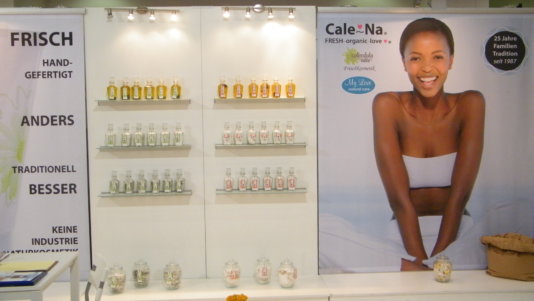- About
- Topics
- Picks
- Audio
- Story
- In-Depth
- Opinion
- News
- Donate
-
Signup for our newsletterOur Editors' Best Picks.Send
Read, Debate: Engage.
| August 21, 2013 | |
|---|---|
| tags: | #beauty products, #BUND, #cosmetics, #friends of the earth germany, #health, #parabens, #toxfox |
| located: | Belgium, India, USA |
| by: | Sara Jabril |
Day creams, night creams, anti-aging creams, serums, shampoos, conditioners, hair masks for each and every type and colour of hair… the list is endless.
Every year more and more must-have cosmetic products appear on the cosmetics market - worth $50bn in the EU alone.
Many of these products are 'handy little helpers', but the truth is that an equally large share of products are simply targeted at (predominantly) women and with a mind to profiting from their collective insecurities.
The fact that numerous products promise better results than can actually be delivered in reality (think of all those mascara ads using fake eyelashes) is not surprising to most consumers, but what many consumers seem to be unaware of is that most conventional beauty products are chemical cocktails.
A recentstudy by Friends of the Earth Germany (BUND) revealed that every third beauty product contains chemicals that can mimic hormones in the body.
These chemicals are known as parabens, and are used as anti-fungals and preservatives. As is the case for most ingredients of this kind, they have been marked 'safe' for usage in cosmetics when used in low percentages, however several studies have also established a link between parabens and breast cancer.
Though the dosage in your favorite hand cream or deodorant may be safe, consumer protection groups inclusing Friends of the Earth Germany state that, since most mainstream products contain these chemicals, one's personal home collection of products may act as a hazardous hormone cocktail.
If you want to know what's in your favorite beauty products, and whether the ingredients are potential health hazards, you can follow this brief overview.
Check Related Websites:
1) Are you an English speaker?
Truth In Aging.com is a great website containing an extensive list of cosmetics' key ingredients. Just check the back of your product and use the site's search bar on the top left corner to get more information on its usage and safety.
2) Are you a German speaker?
Codecheck.info is a great equivalent in German. It is even easier to get information, because the site allows you to search directly for a product's name. Alternatively, you may also enter the relevant bar code. CAUTION: most parabens are labeled as 'safe' on this particular site, based on new research contesting links to cancer. Be careful to double check the ingredient list, if you're worried about parabens. An easy way to do this is to check Friends of the Earth Germany's newly launched app ToxFox, which is also available as a mobile site for non smartphone users. Just enter the particular products bar code.
Think about avoiding the following chemicals:
Methylparaben
Propylparaben
Isobutylparaben
Butylated Hydroxytoluene (BHT)
chemical, preservative
linked to increase in cancer risk if certain dosage is exceeded
Benzophenone-4
chemical used as UV filter in products
acts like a hormone
traceable in breast milk
can cause allergies, irritations
CI 61570 (Green 5) and CI 19140 (Yellow 5)
green/ yellow dye
belongs to group of amine/azo colours that act carcinogenic in animals
Ethylenediaminetetraacetic acid (Disodium EDTA)
chemical
weakens cell membranes
cytotoxic and genotoxic in laboratory animals
oral exposure can cause reproductive and developmental effects
Methylisothiazolinone
chemical
studies show it to be allergenic and cytotoxic
Petrolatum
chemical
contains petroleum that clogs the pores, affects skin breathing
can amass in liver, kidneys, and lymph nodes
Ozokerite (see above)
Paraffin (see above)
Paraffinum Liquidum (see above)
Cera Microcristallina (see above)
Sodium Lauryl Sulfate
anionic detergent and surfacant
causes irritation like other detergents
found not to be a carcinogen, however
…may contain traces of 1,4-dioxane a non carcinogen linked to cancer

By copying the embed code below, you agree to adhere to our republishing guidelines.
